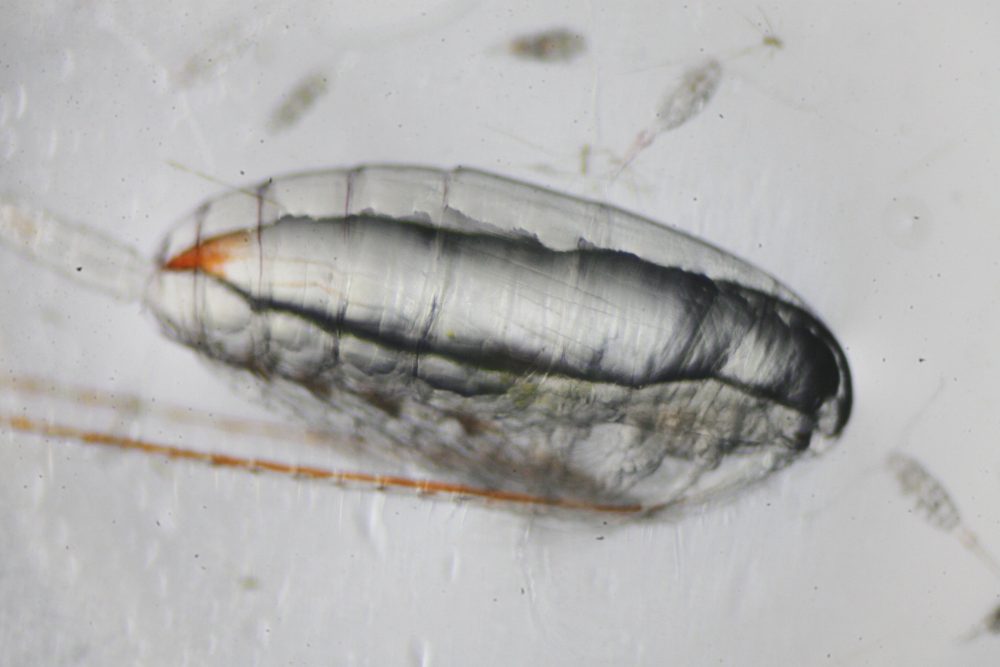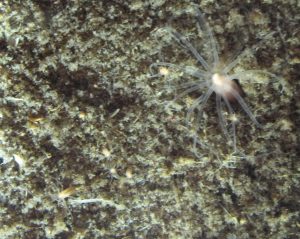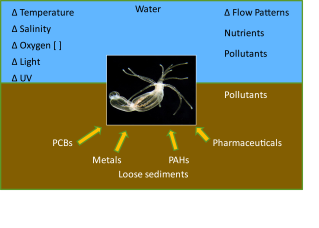Some Focal Areas
Copepod Physiology
Calanoid copepods are among Earth’s most abundant animals, and they play a key role in moving energy from the base of the food chain to higher consumers. Some copepods, such as Calanus finmarchicus, can undergo a dormant period (diapause) during their juvenile development. It is not well understood how copepods “decide” whether to undergo diapause, or when to enter or exit diapause.
Cnidarian Circadian Rhythms
Circadian rhythms regulate many aspects of animal biology, from cycles of sleep and wakefulness to variations in energetic metabolism. We study circadian regulation in the sea anemone Nematostella both to gain insight into cnidarian physiology and to better understand the evolution of the animal circadian clock.
All animals must sense and respond to changes in their environment…and in some cases the environments are changing quickly and dramatically. Some targets of current and recent research in this area have been effects of ocean acidification on pteropods, and molecular responses of the sea anemone Nematostella to diverse physical and chemical stressors.


